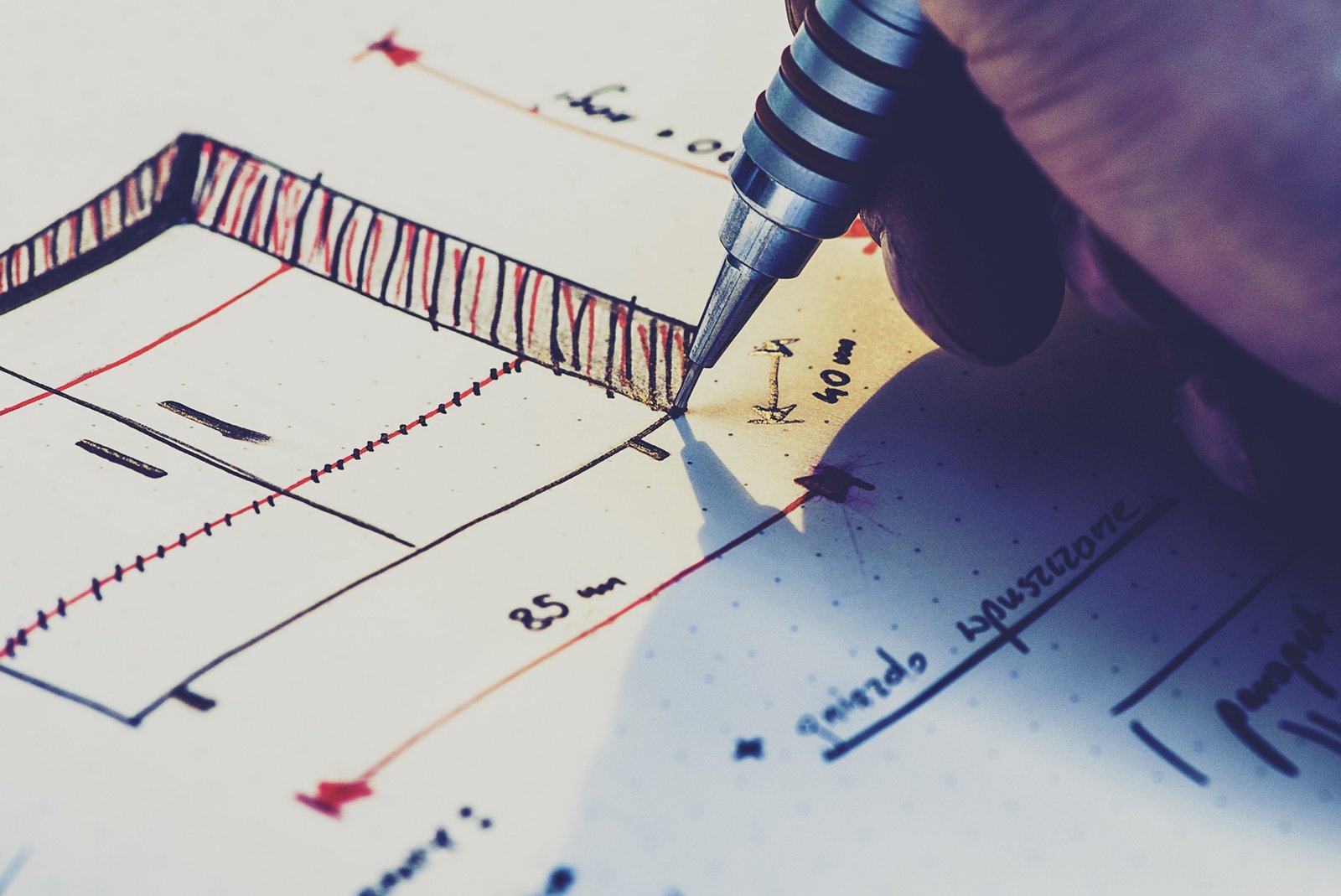Offset Printing
V printing is a unique method of digital printing utilising ultraviolet (UV) light to dry or cure ink, adhesives or coatings almost as soon as it’s hit the paper, or aluminium, foam board or acrylic – in fact, as long as it fits in the printer, the technique can be used to print on almost anything.


The technique of UV curing – the photochemical process of drying – was originally introduced as a means of quickly drying gel nail polishes used in manicures, but it has recently been adopted by the printing industry where it is used to print on anything from signage and brochures to beer bottles. The process is the same as traditional printing, the only difference is the inks used and the drying process – and the superior products produced.
In traditional printing, solvent inks are used; these can evaporate and release volatile organic compounds (VOCs) which are harmful to the environment. The method also produces – and uses – heat and an accompanying odor. Furthermore, it requires additional spray powders to help with the ink offsetting process and drying, which can take several days. The inks are absorbed into the printing medium, so colours can seem washed out and faded. The printing process is limited mostly to paper and card mediums, so it can’t be used on materials such as plastic, glass, metal, foil or acrylic like UV printing.

In UV printing, mercury/quartz or LED lights are used for curing instead of heat; the specially designed high-intensity UV light closely follows as the special ink is distributed on the printing medium, drying it as soon as it is applied. Because the ink transforms from a solid or paste to a liquid almost immediately, there is no chance for it to evaporate and so no VOCs, toxic fumes or ozone are released, making the technology environmentally friendly with almost a zero carbon footprint.